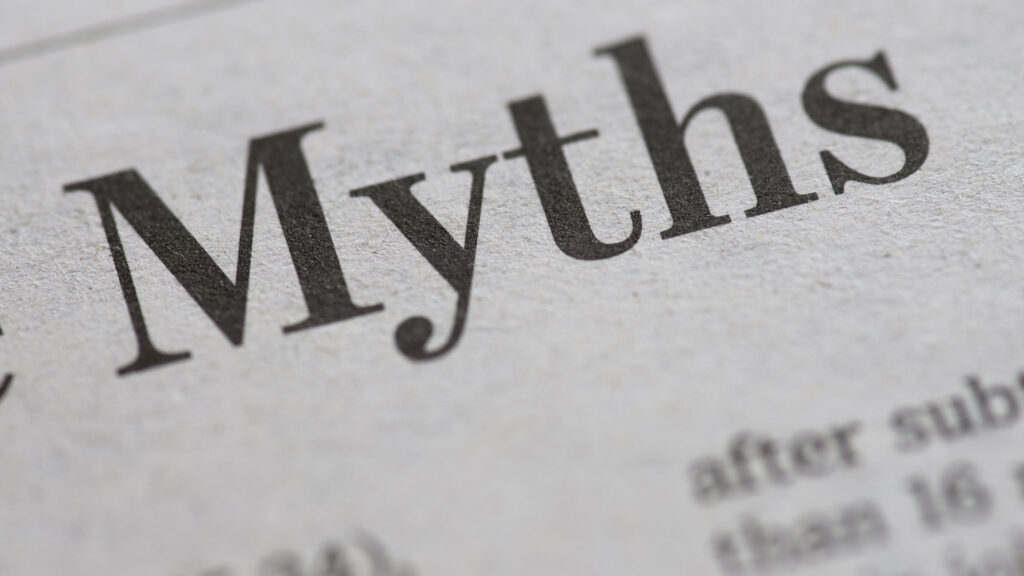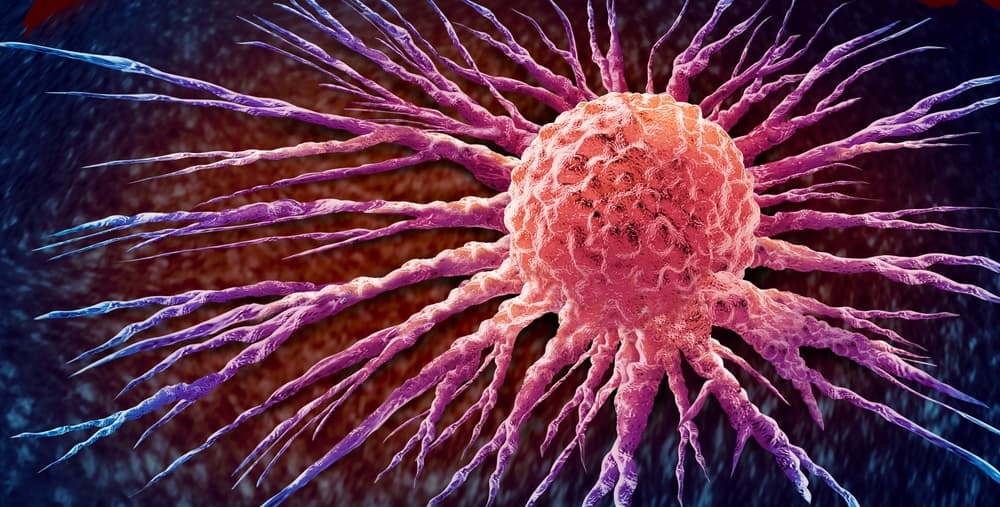What is Talc?
Talcum powder, commonly known as talc, is a familiar substance in most households; the white, powdery mineral known as the softest material on Earth is most commonly associated with baby powder. For many, the smell recalls cleanliness, childhood, and hygiene. The mineral’s ability to absorb large amounts of moisture makes talc is ideal for products like foot powder and body powder, which reduce friction and chafing by eliminating excess moisture from the skin. This characteristic has made it useful in cosmetics and antiperspirants as well as building materials and even food.
However, the mineral is not without its problems. Since the 1970s, researchers have questioned the potential contamination of talc with asbestos and the possible ramifications that such a connection can have on consumer health. The FDA has been tasked with investigating the safety risks associated with talcum powder, and recent research has renewed the inquiry. Recent studies have linked talcum powder to ovarian cancer and even mesothelioma, prompting consumers to question the mineral’s safety.
Cosmetic grade talc is not subject to regulation by the Food and Drug Administration, which means that it is often untested and may not be pure, uncontaminated talcum powder.
Products Linked to Talc:
These links lead many to question the safety of common household products. Under the Federal Food, Drug and Cosmetic Act, cosmetic products and ingredients do not have to be reviewed by the Food and Drug Administration (FDA), with the exception of color additives. For now, the risks of talc may not be widely known.
The Future of Talc
As talc companies are increasingly linked to deadly illnesses like mesothelioma and ovarian cancer, the future of talc remains uncertain. It is likely that these companies will be forced into trial with increasing frequency and be held responsible for the damages they’ve caused, leading to better regulations in product safety and consumer education.
Sources:
- Cramer, Daniel W., Allison F. Vitonis, Kathryn L. Terry, William R. Welch, and Linda J. Titus. (2015). The Association Between Talc Use and Ovarian Cancer: A Retrospective Case-Control Study in Two US States. Retrieved from: Harvard DASH Repository http://nrs.harvard.edu/urn-3:HUL.InstRepos:dash.current.terms-of-use#LAA
- Cramer, Daniel W. MD, William R. Welch MD, Robert E. Scully MD, and Carol A. Wojciechowski, RN. (1982). Ovarian Cancer and Talc: A Case-Control Study.
- FDA.gov. Talc. Retrieved from https://www.fda.gov/Cosmetics/ProductsIngredients/Ingredients/ucm293184.htm
- Gordon, Richard E., Sean Fitzgerald, John Millette. (2014, October). Asbestos in commercial cosmetic talcum powder as a cause of mesothelioma in women. Retrieved from https://www.ncbi.nlm.nih.gov/pmc/articles/PMC4164883/
- Ceramics
- Rubber
- Plastics
- Paint
- Paper
- Soapstone



